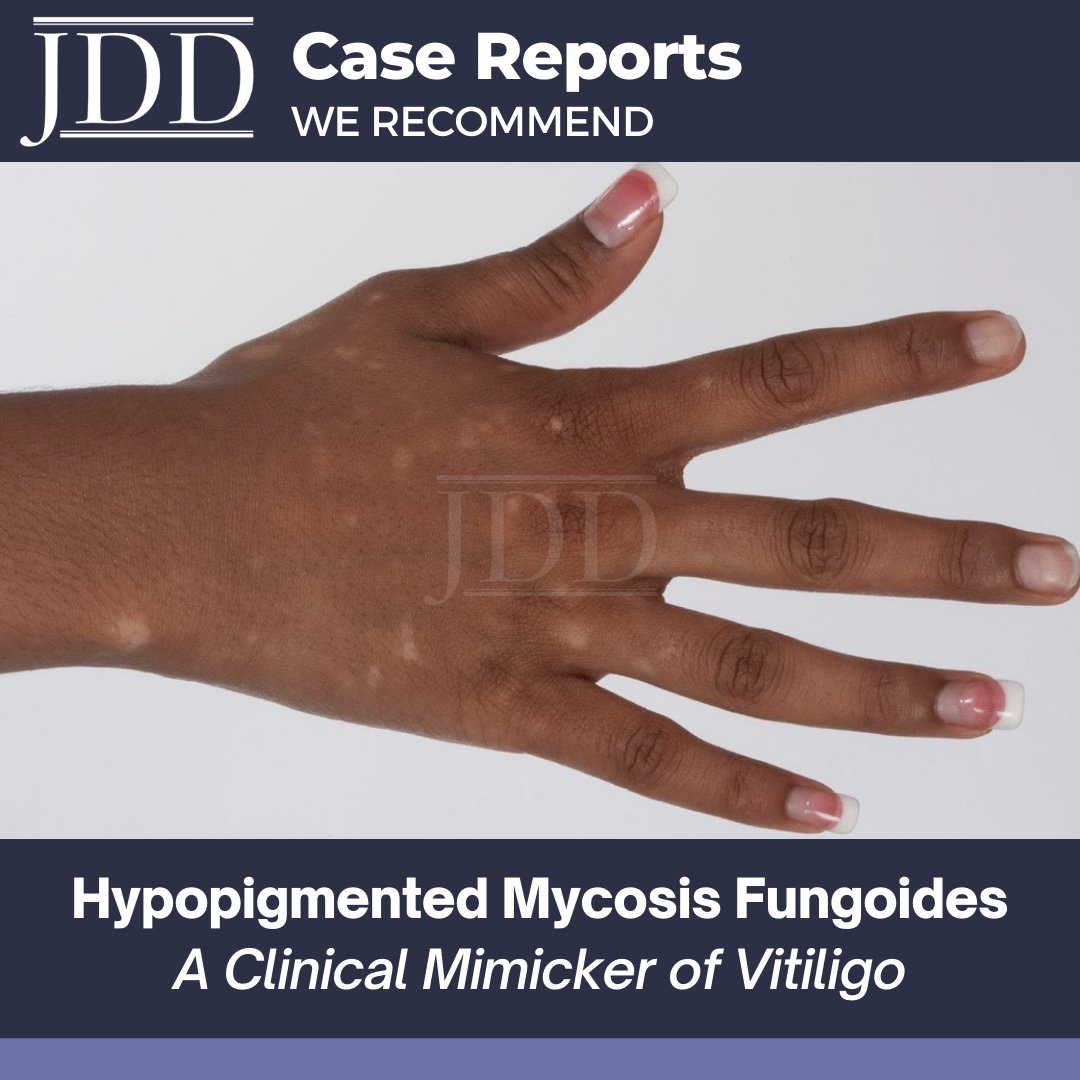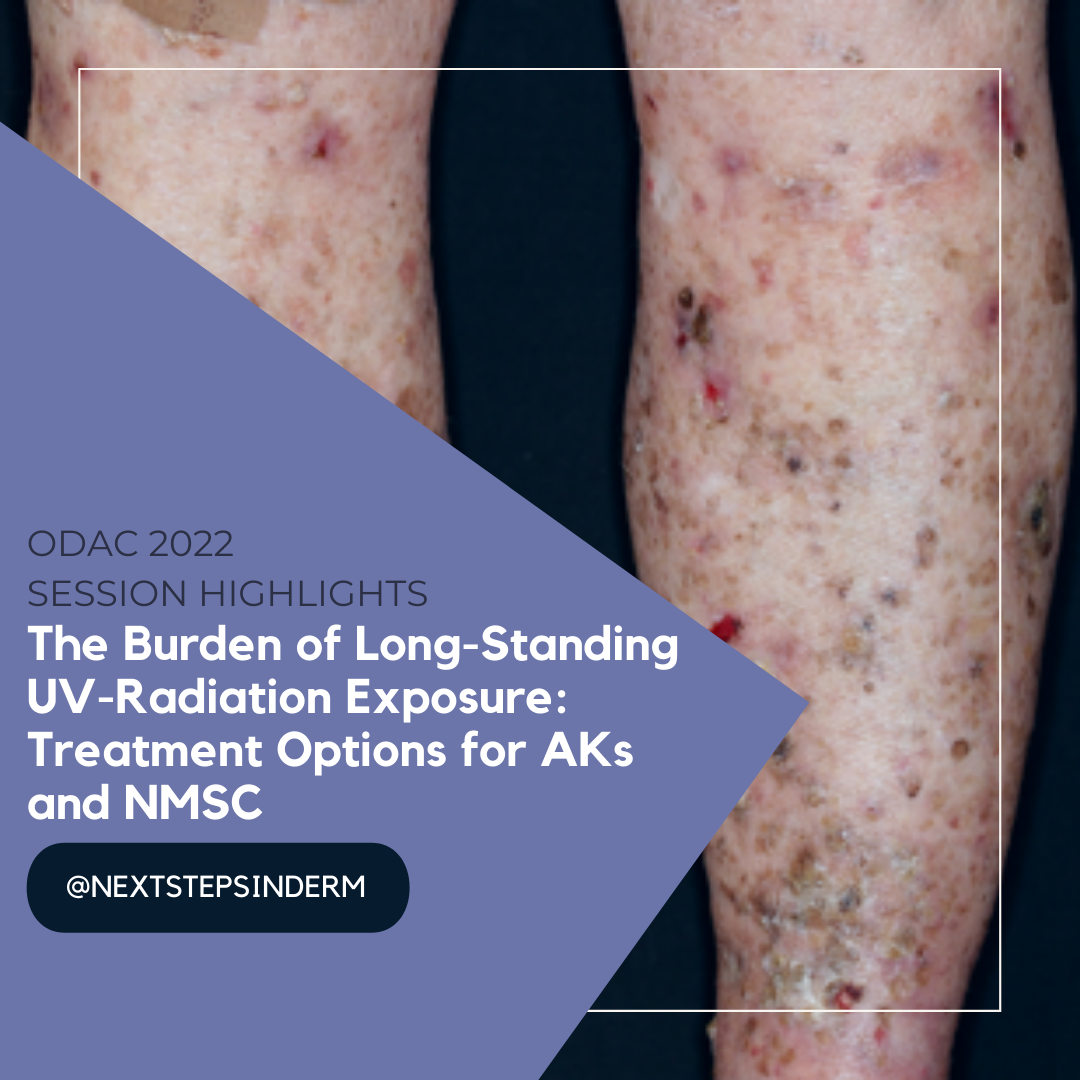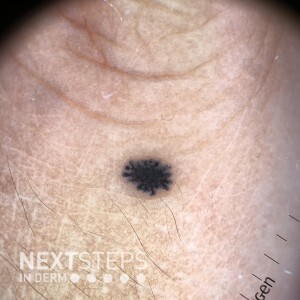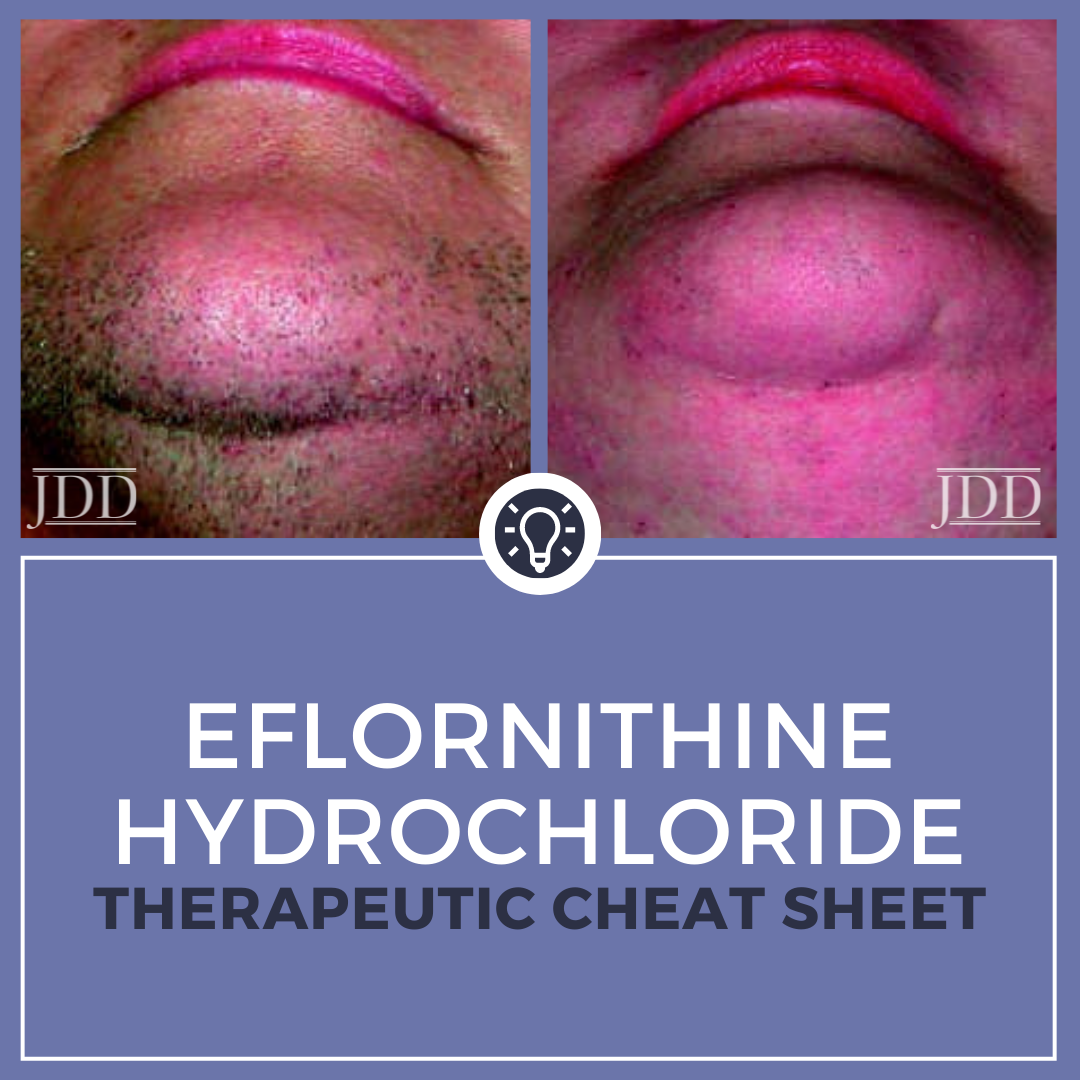JDD Issue Highlights | February 2022
 The February 2022 issue of the Journal of Drugs in Dermatology (JDD) includes the perfect blend of original articles, case reports, and editorials. With topics ranging from psoriasis and actinic keratoses to artificial intelligence in dermatology and disparities in telemedicine satisfaction, we share this month’s issue highlights straight from the JDD Editor’s desk:
Early Response is Associ …
The February 2022 issue of the Journal of Drugs in Dermatology (JDD) includes the perfect blend of original articles, case reports, and editorials. With topics ranging from psoriasis and actinic keratoses to artificial intelligence in dermatology and disparities in telemedicine satisfaction, we share this month’s issue highlights straight from the JDD Editor’s desk:
Early Response is Associ …
 The February 2022 issue of the Journal of Drugs in Dermatology (JDD) includes the perfect blend of original articles, case reports, and editorials. With topics ranging from psoriasis and actinic keratoses to artificial intelligence in dermatology and disparities in telemedicine satisfaction, we share this month’s issue highlights straight from the JDD Editor’s desk:
Early Response is Associ …
The February 2022 issue of the Journal of Drugs in Dermatology (JDD) includes the perfect blend of original articles, case reports, and editorials. With topics ranging from psoriasis and actinic keratoses to artificial intelligence in dermatology and disparities in telemedicine satisfaction, we share this month’s issue highlights straight from the JDD Editor’s desk:
Early Response is Associ … 

 Hypopigmented mycosis fungoides (HMF) is a rare variant of cutaneous T-cell lymphoma (CTCL) that often manifests in younger patients with darker skin types in a centripetal distribution.¹ Average age of diagnosis is often 14 years.² The diagnosis is often missed due to its low incidence and lack of clinical suspicion. Misdiagnosis and failure to obtain biopsies lead to a long latency period fr …
Hypopigmented mycosis fungoides (HMF) is a rare variant of cutaneous T-cell lymphoma (CTCL) that often manifests in younger patients with darker skin types in a centripetal distribution.¹ Average age of diagnosis is often 14 years.² The diagnosis is often missed due to its low incidence and lack of clinical suspicion. Misdiagnosis and failure to obtain biopsies lead to a long latency period fr …  The numbers are staggering when it comes to the management of skin cancer in the United States and worldwide. Signs of chronic exposure to ultraviolet (UV) rays from the sun and/or indoor tanning bed use include solar lentigines, hyperpigmentation, wrinkles and pre-cancerous lesions called actinic keratoses. Actinic Keratoses (AKs) best identified as scaly, pink macules and papules, result from lo …
The numbers are staggering when it comes to the management of skin cancer in the United States and worldwide. Signs of chronic exposure to ultraviolet (UV) rays from the sun and/or indoor tanning bed use include solar lentigines, hyperpigmentation, wrinkles and pre-cancerous lesions called actinic keratoses. Actinic Keratoses (AKs) best identified as scaly, pink macules and papules, result from lo …  The dermoscopic findings depicted in this image are most consistent with what diagnosis?
A. Epidermal nevus
B. Spitz nevus
C. Melanoma
D. Lentigo
E. Ephelide
To find out the correct answer and read the explanation, click here.
Brought to you by our brand partner Derm In-Review. A product of SanovaWorks.
…
The dermoscopic findings depicted in this image are most consistent with what diagnosis?
A. Epidermal nevus
B. Spitz nevus
C. Melanoma
D. Lentigo
E. Ephelide
To find out the correct answer and read the explanation, click here.
Brought to you by our brand partner Derm In-Review. A product of SanovaWorks.
…  Millions of patients experience unwanted facial hair, severely impacting their quality of life. Laser hair removal is often the treatment of choice, but this therapy is uncomfortable, requires multiple treatments, and risks pigmentary changes. Therefore, an effective topical therapy for reduction of unwanted hair is a valuable addition to our therapeutic repertoire. We continue our series, Therape …
Millions of patients experience unwanted facial hair, severely impacting their quality of life. Laser hair removal is often the treatment of choice, but this therapy is uncomfortable, requires multiple treatments, and risks pigmentary changes. Therefore, an effective topical therapy for reduction of unwanted hair is a valuable addition to our therapeutic repertoire. We continue our series, Therape …